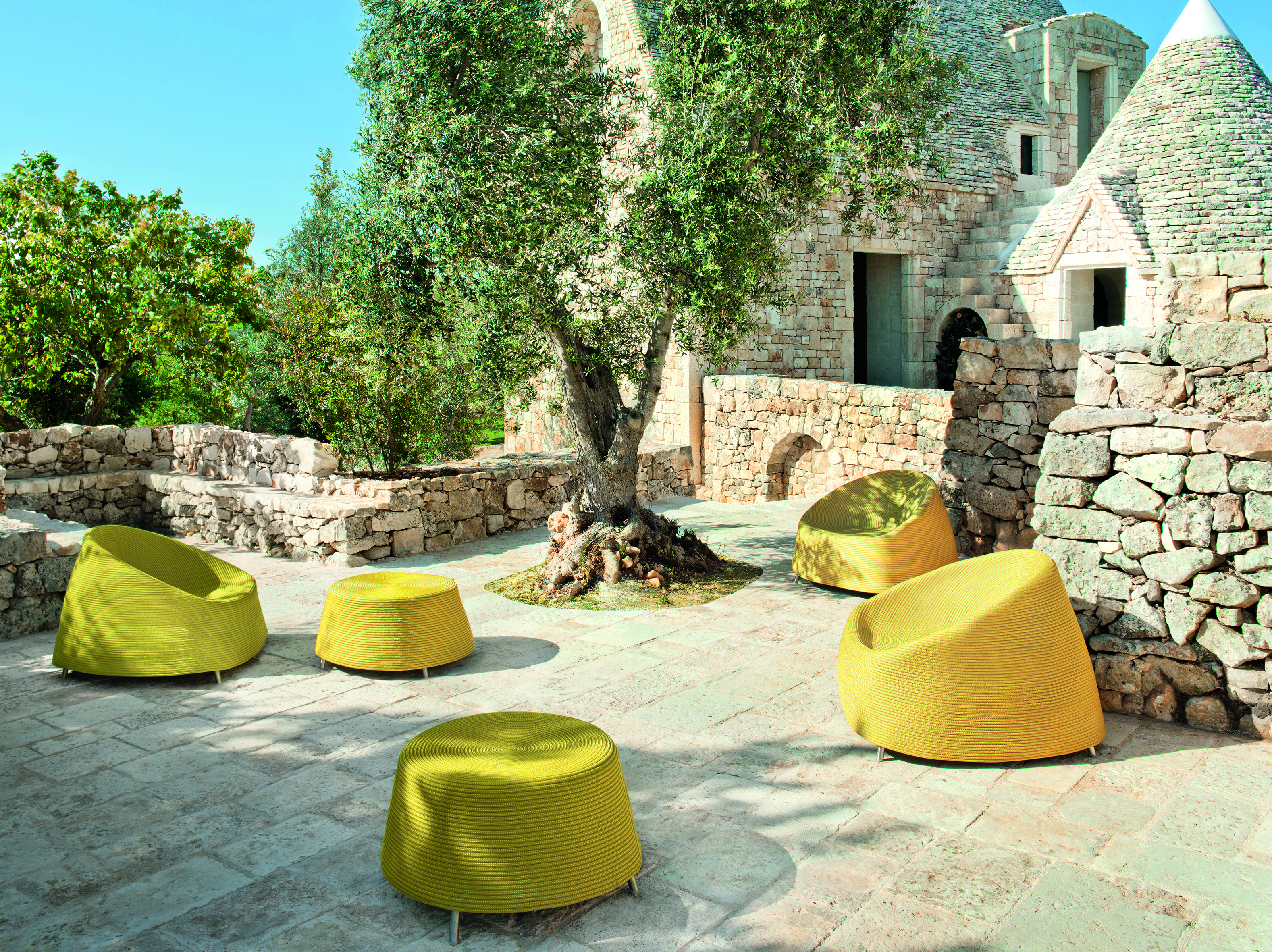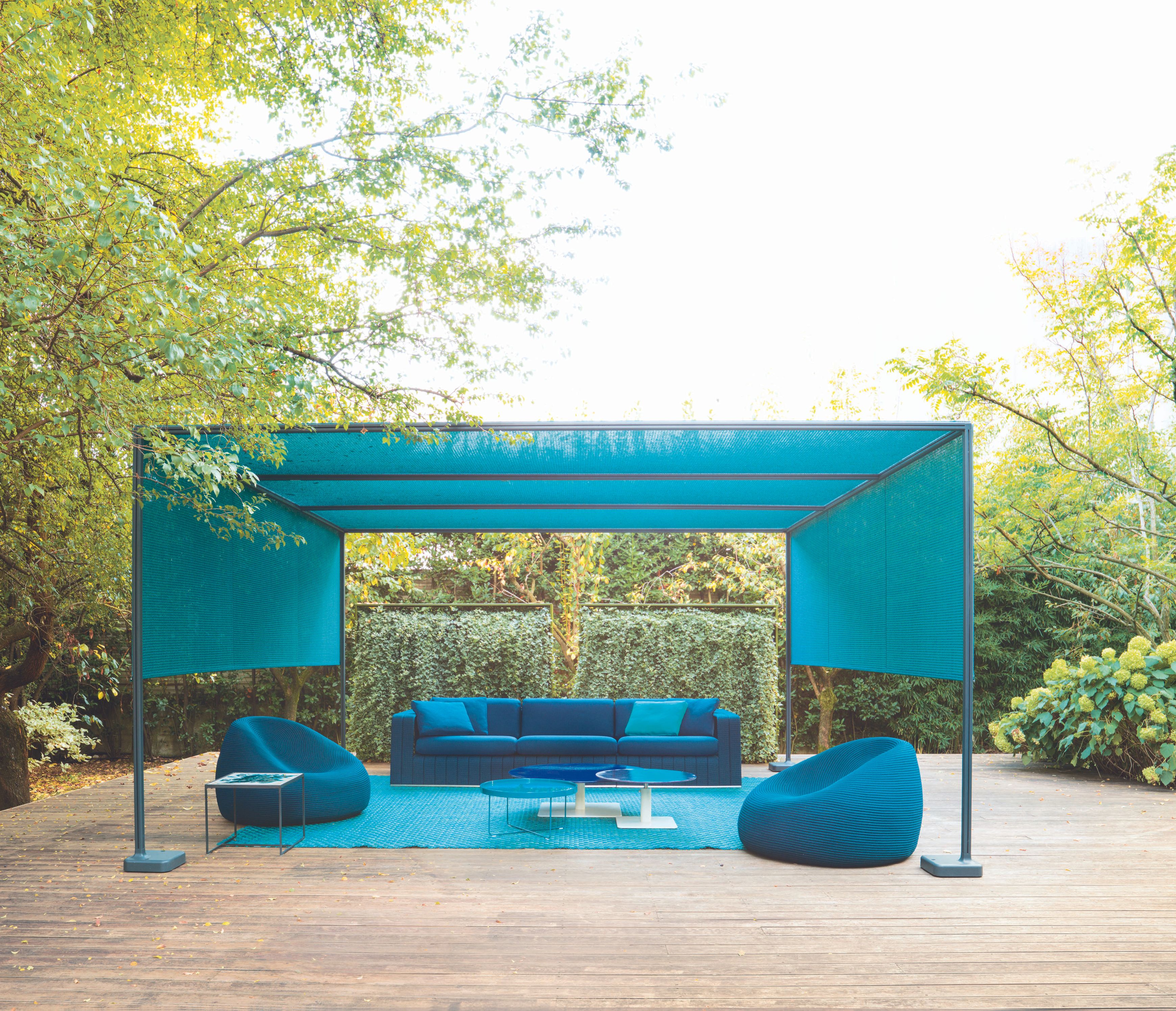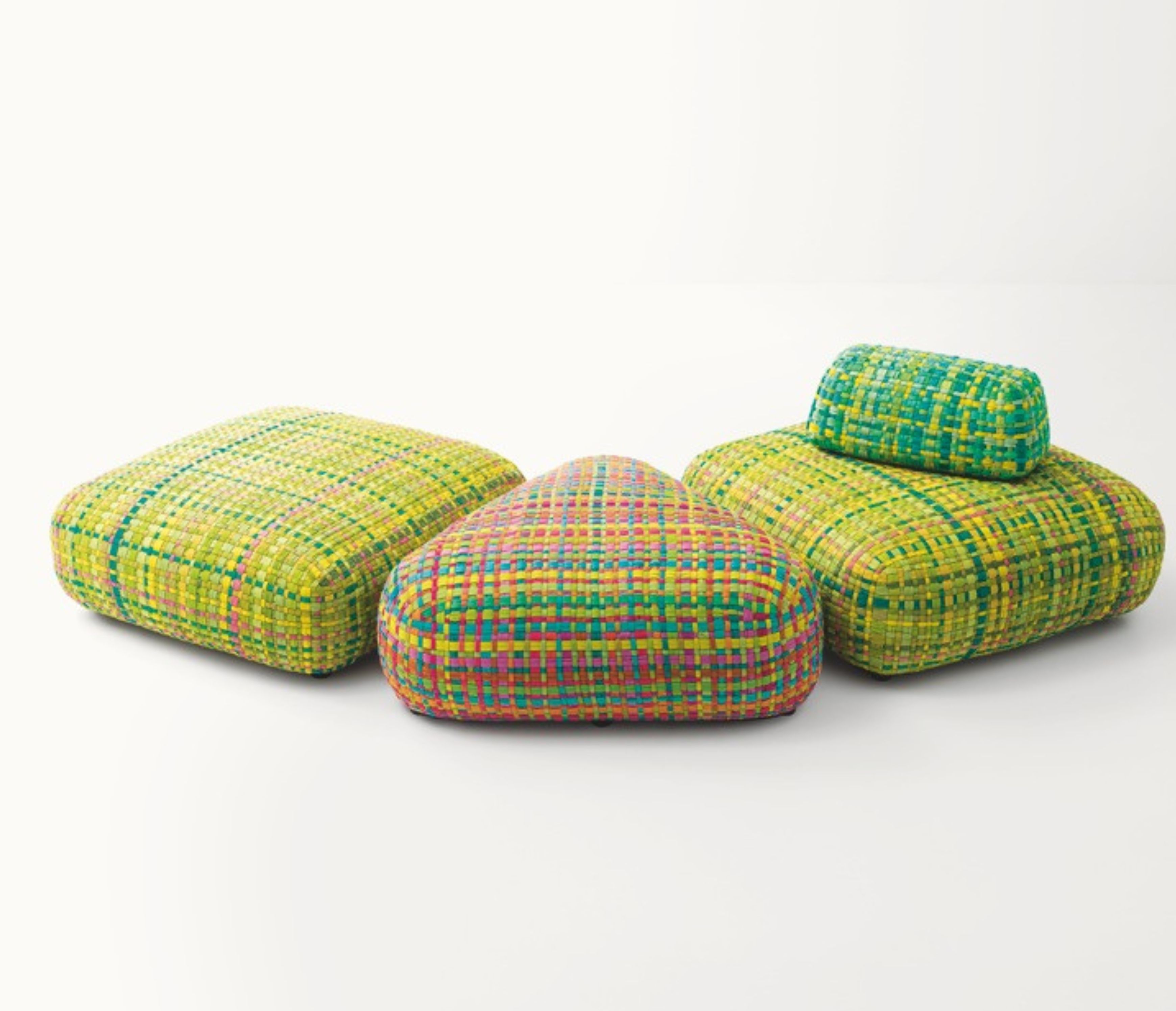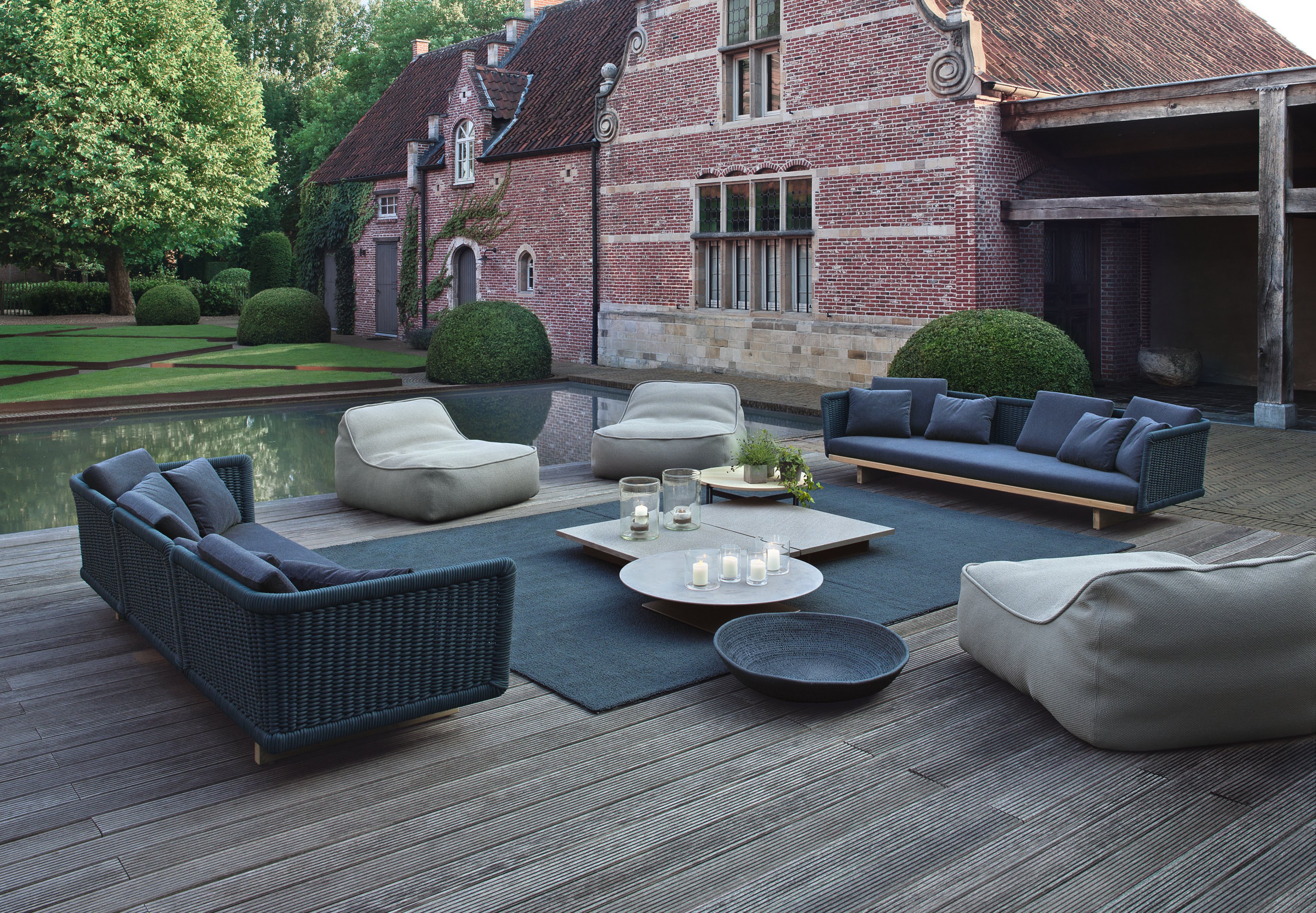Part One.
Paola Lenti, a name, a brand, that immediately conjures up images of products where colour plays a key role, the common thread running through all your collections.
What does colour mean for Paola?
For us, colour has always been the means to bring the products of our collections together in harmony. First and foremost, our colour choices are all created by us; they are mainly made to find the right colour to be placed in the right place, the one that in a particular context and at a specific moment can give the best sensations: this is what we consider to be a correct use of colour. Our colour choices are not strictly linked to a particular product or collection. Colour and its use on the different materials allow us to make "historical" products and novelties coexist in the same collection; they also allow each one of us to be able to design an entire environment, whether interior or exterior, that is coherent both with our expectations and with the right colour solutions for each particular need. One of the strong points of the Paola Lenti brand is precisely that of satisfying all the different customisation needs.
For Paola Lenti, does colour or material come first? The material or the technique to work it? The form or the function? What does your design idea generally start from?
I believe that all these design aspects arise together; maybe we don't realise it and unconsciously think that they appear bit by bit, but they are all there at the beginning. Regarding my work, perhaps colour is the last thing I consider. For me, the sense of colour is a gift, an intuition, and this passion of mine, I believe, was born with me. It's hard to explain, but it's as if before I got certain shades, I already imagined them as real in my mind. So I have no problem dressing a project in colour. That is, of course, unless the colour comes from the nature of the materials themselves: in that case, it becomes a fundamental aspect and a guide towards a precise direction.
The choice of materials today cannot be separated from the issue of sustainability. Has this constraint led you to 'give up' or, on the contrary, to discover new fibres and materials that have stimulated your creativity?
I don't think we can speak of renunciations but rather of choices regarding sustainability. The way of 'doing design' at Paola Lenti has always been based on a conscientious ethic, which has become an unavoidable necessity over time. First of all, we try to know and respect materials, selecting those that are 100% recyclable or recycled, of industrial or natural origin - but never animal - and to use them through processes free of potentially harmful chemicals. For upholstery fabrics, we use tested and patented yarns studied in collaboration with qualified research institutes. This is decisive for their performance because continuous experimentation constantly improves their qualities.
Paola Lenti and the rediscovery of the craftsmanship side of made in Italy: how useful has the Italian skill of manual labour been to you? And how much technology?
Craftsmanship and technology each have fundamental and indispensable characteristics, and the result obtained from their union is something that could not have been achieved by favouring only one or the other. This collaboration tends to make the technical aspect of the product less aggressive to make people 'feel good' and give them moments of relaxation and tranquillity: sensations increasingly precious nowadays. It is the 'collaboration' between craftsmanship and technology that has allowed us to select technical materials and make them less incompatible with human experience. This process combines traditional and manual skills with the most advanced technological and industrial solutions in a harmonious whole.
Tell me about three objects in your home that are particularly dear to you because they are somehow related to your story. Also, tell me why they are special to you.
My home is a natural stratification of family memories, a mix of old and new things that all have a precise meaning for me. I am very attached to a piece of furniture designed and made by my father in the '50s when he was a young architect; I am very fond of a large mirror, which I remember from my childhood in my grandmother Adelaide's house and Lucilla, an original lamp from the '70s by Gianfranco Frattini. All different things come from other worlds and different moments in life, which I hope I will never have to part with.
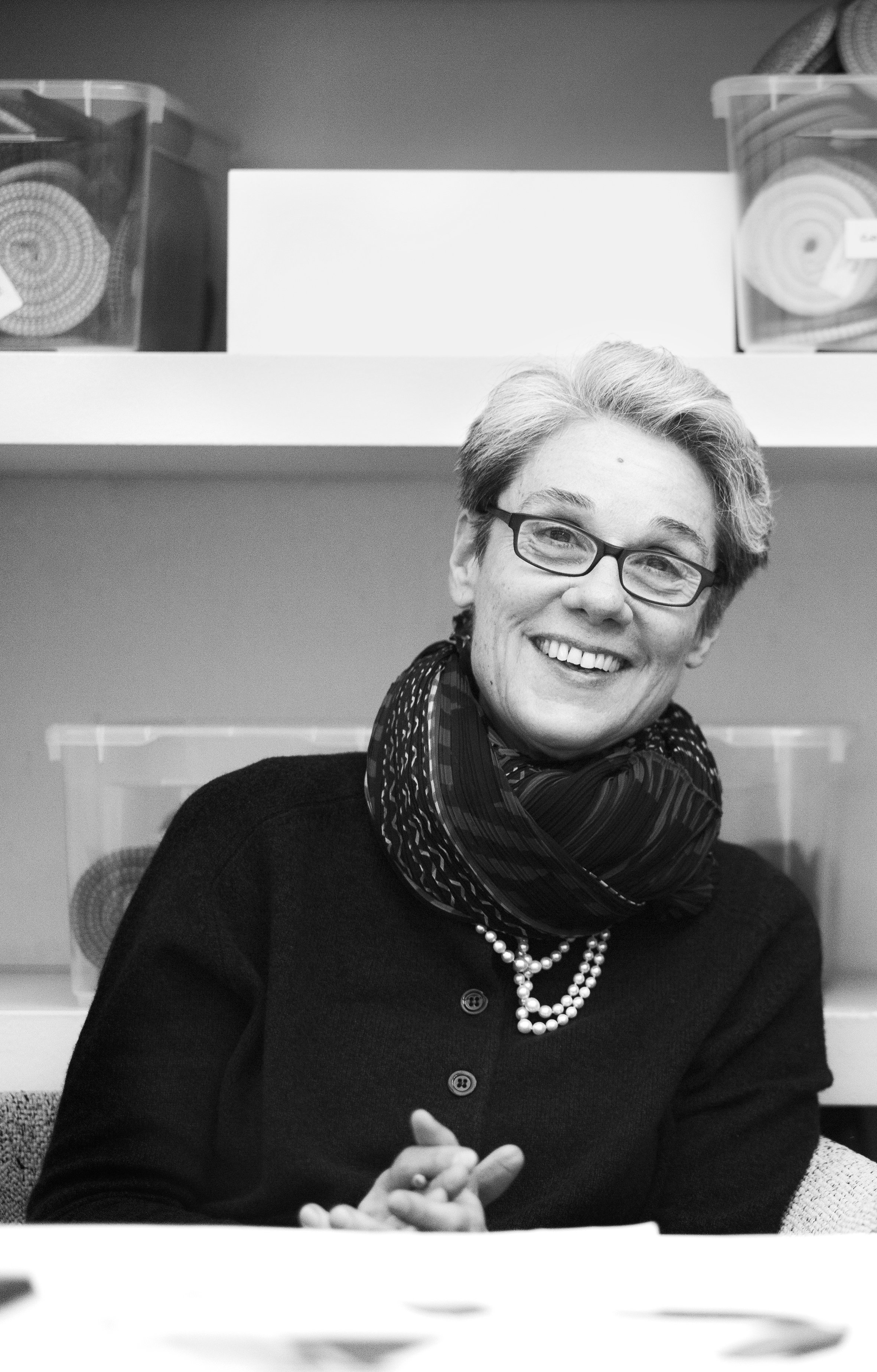 © Paola Lenti srl - ph. by Sergio Chimenti.
© Paola Lenti srl - ph. by Sergio Chimenti. 


